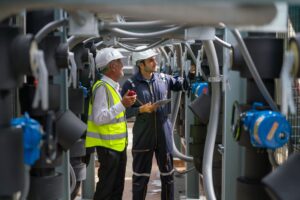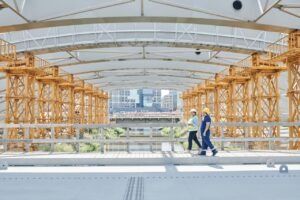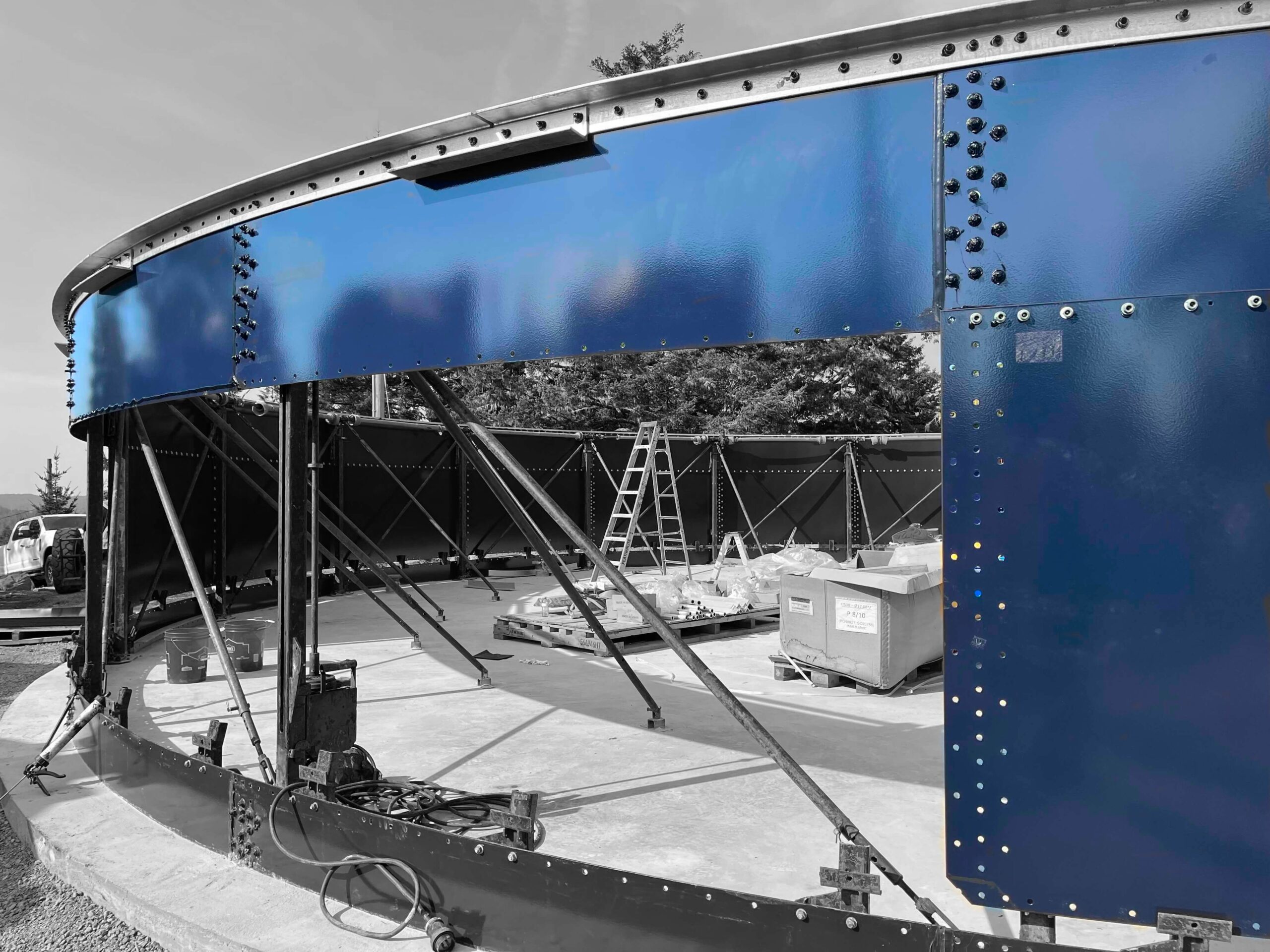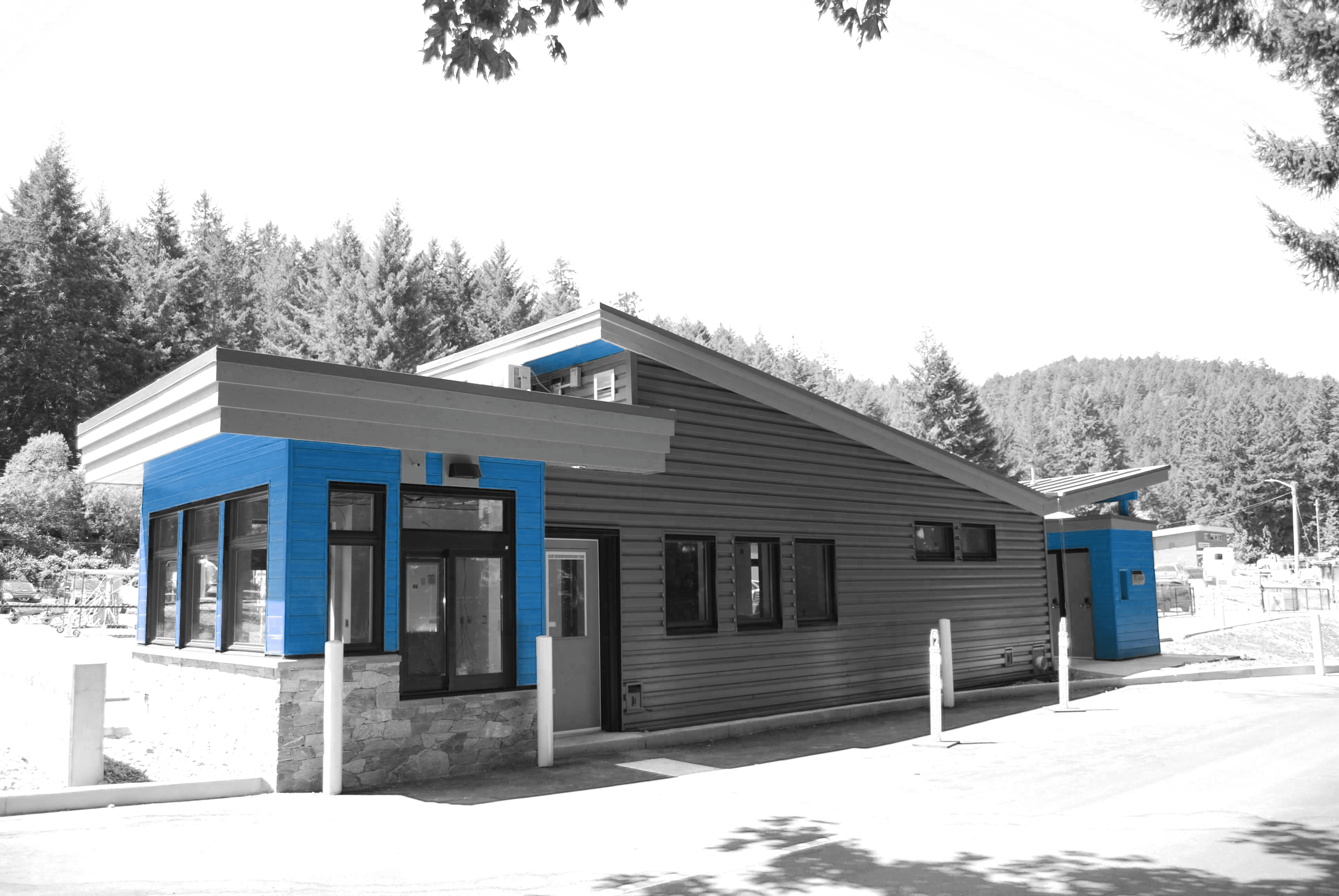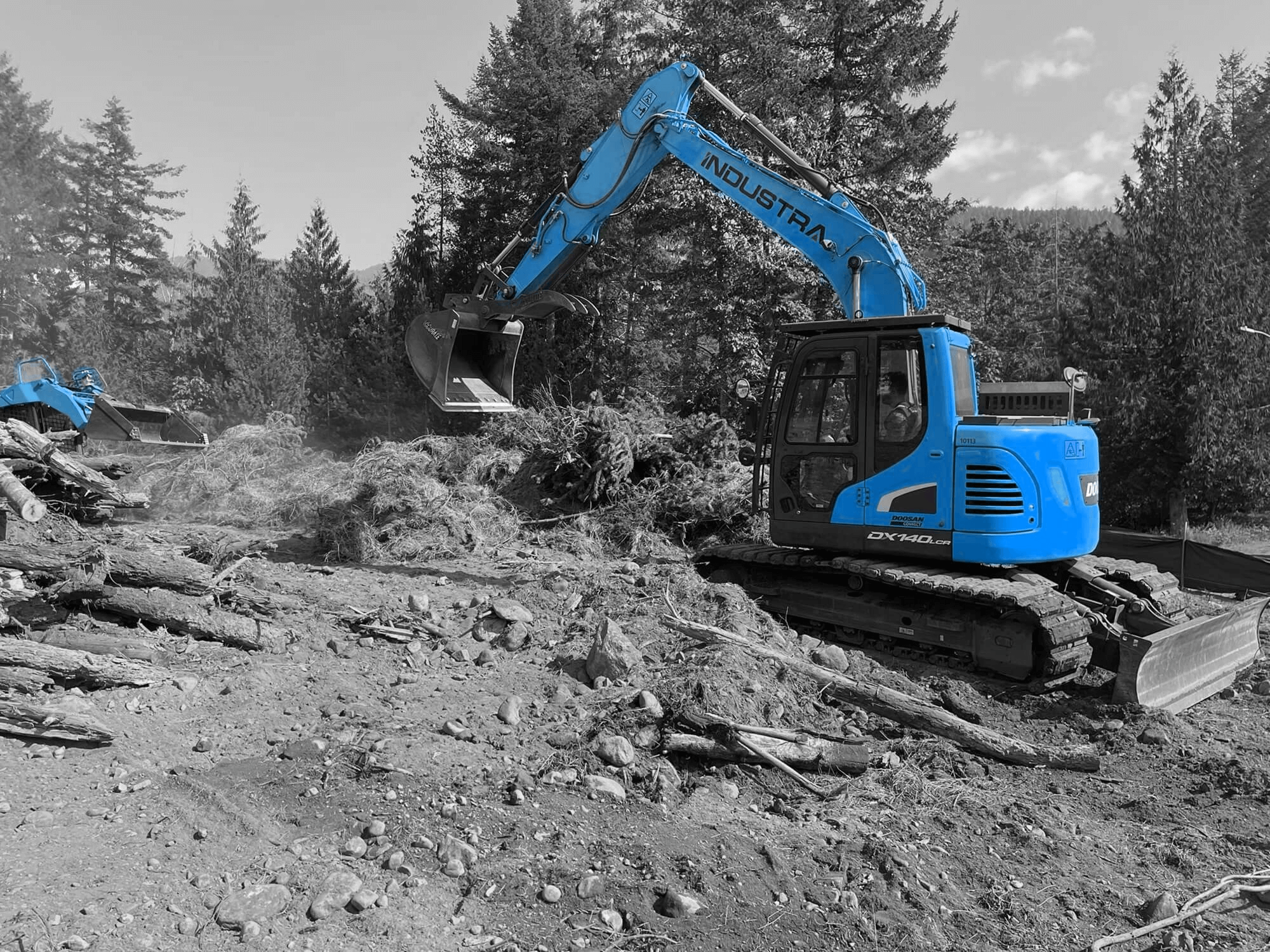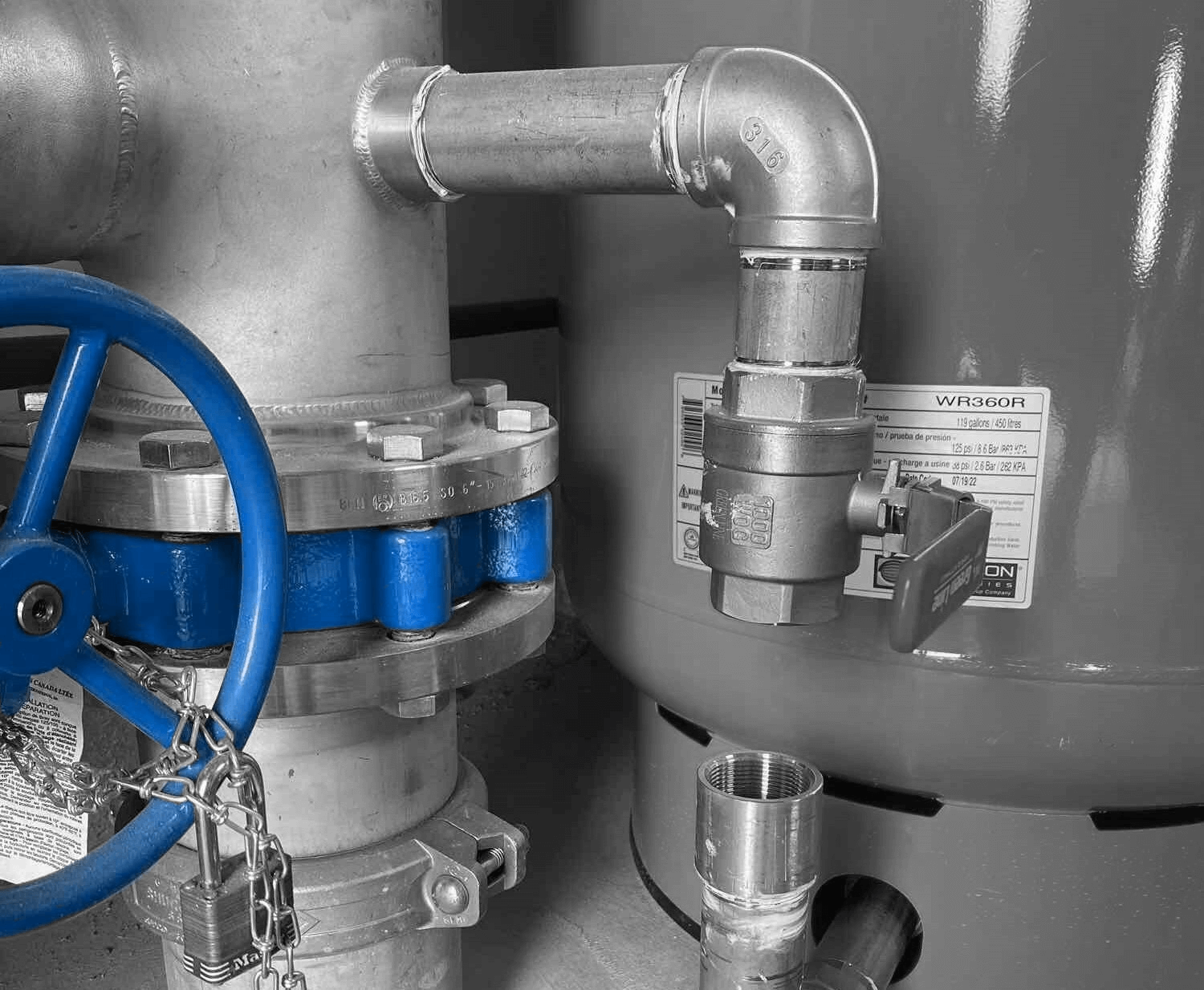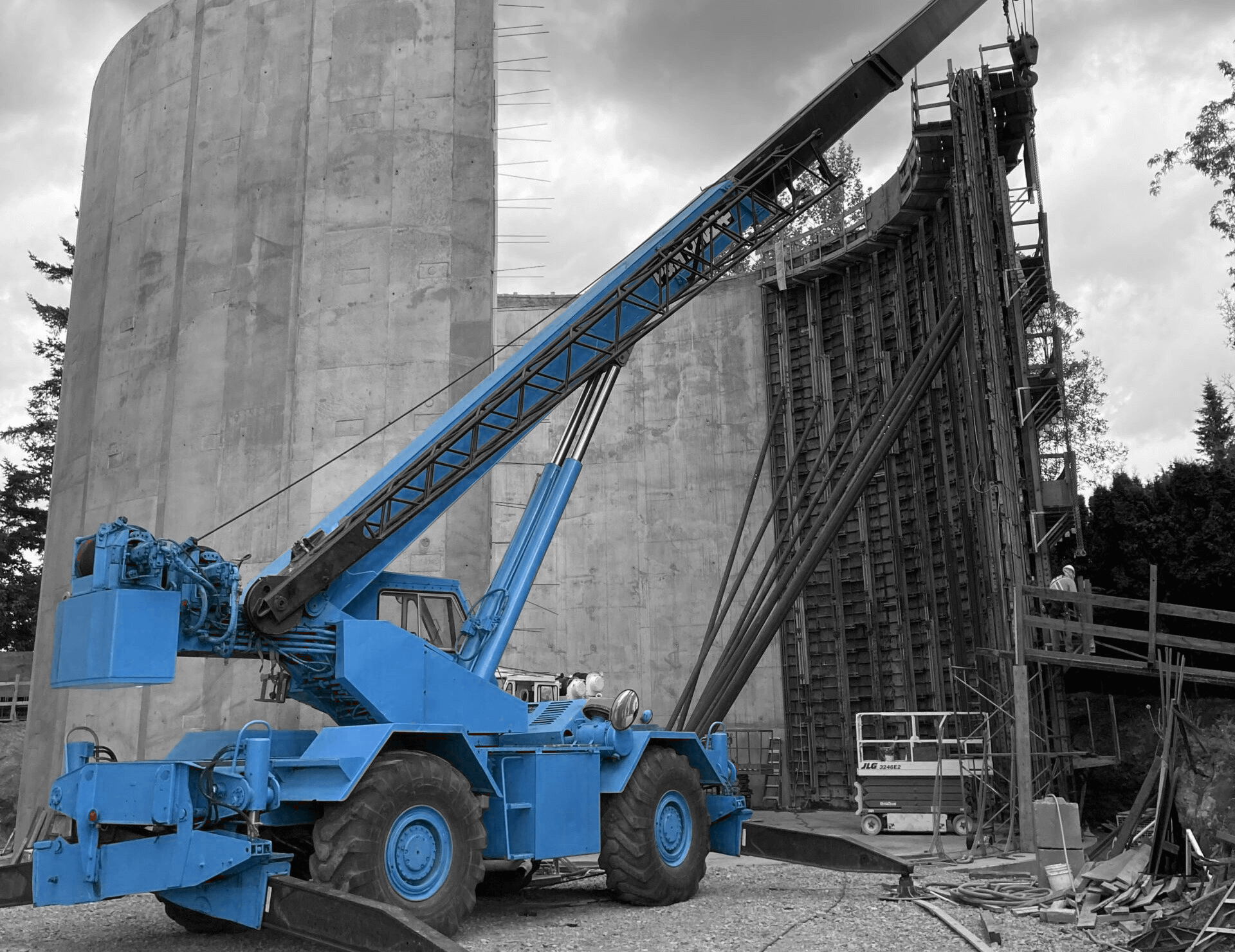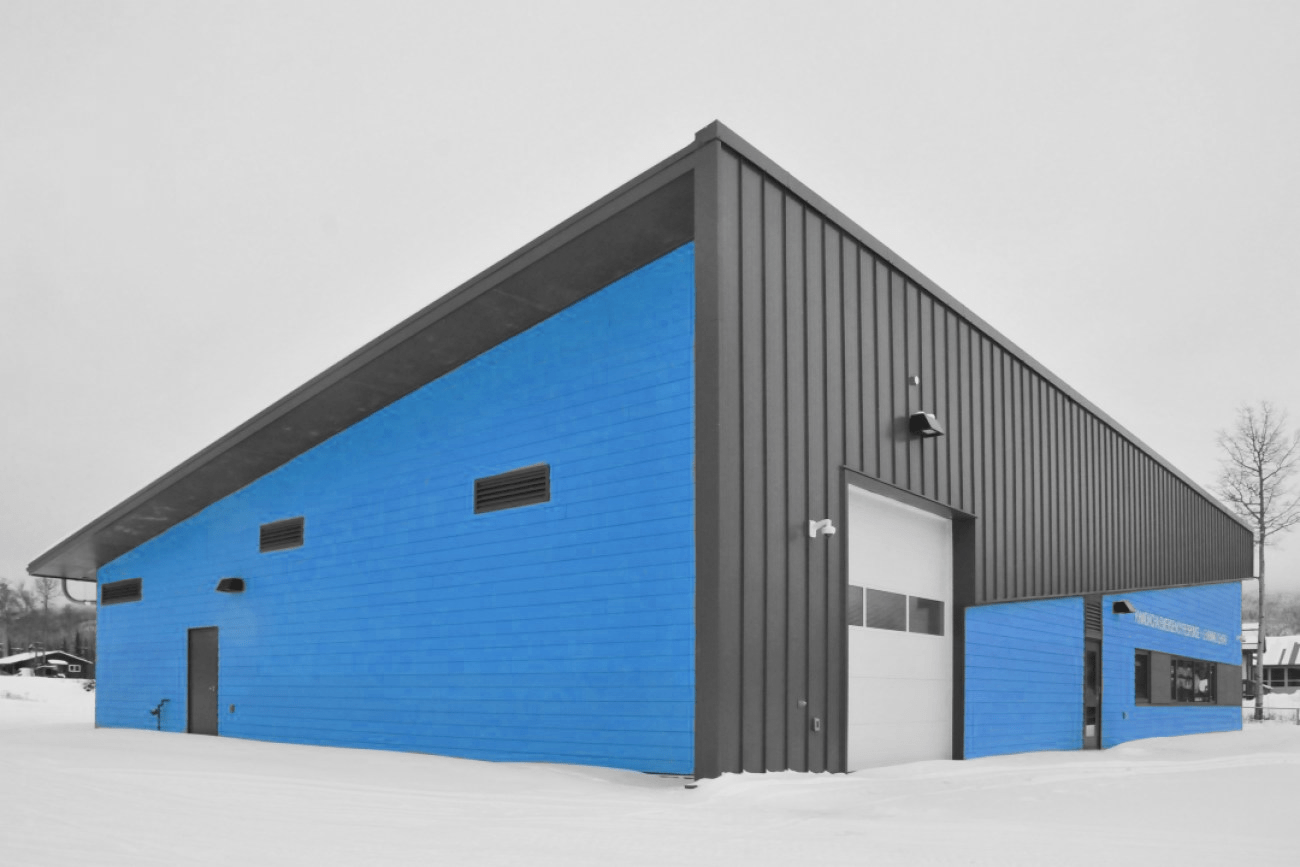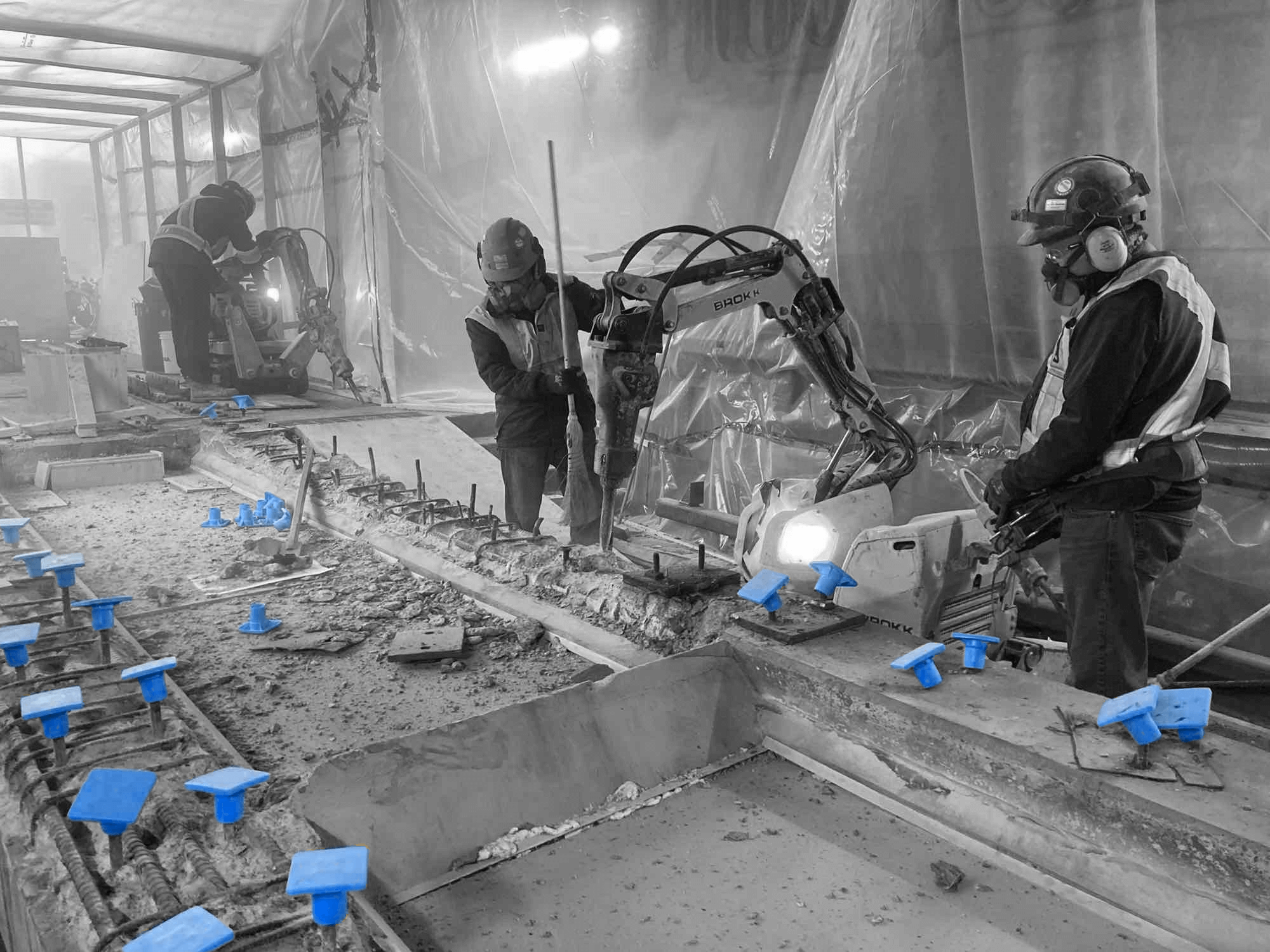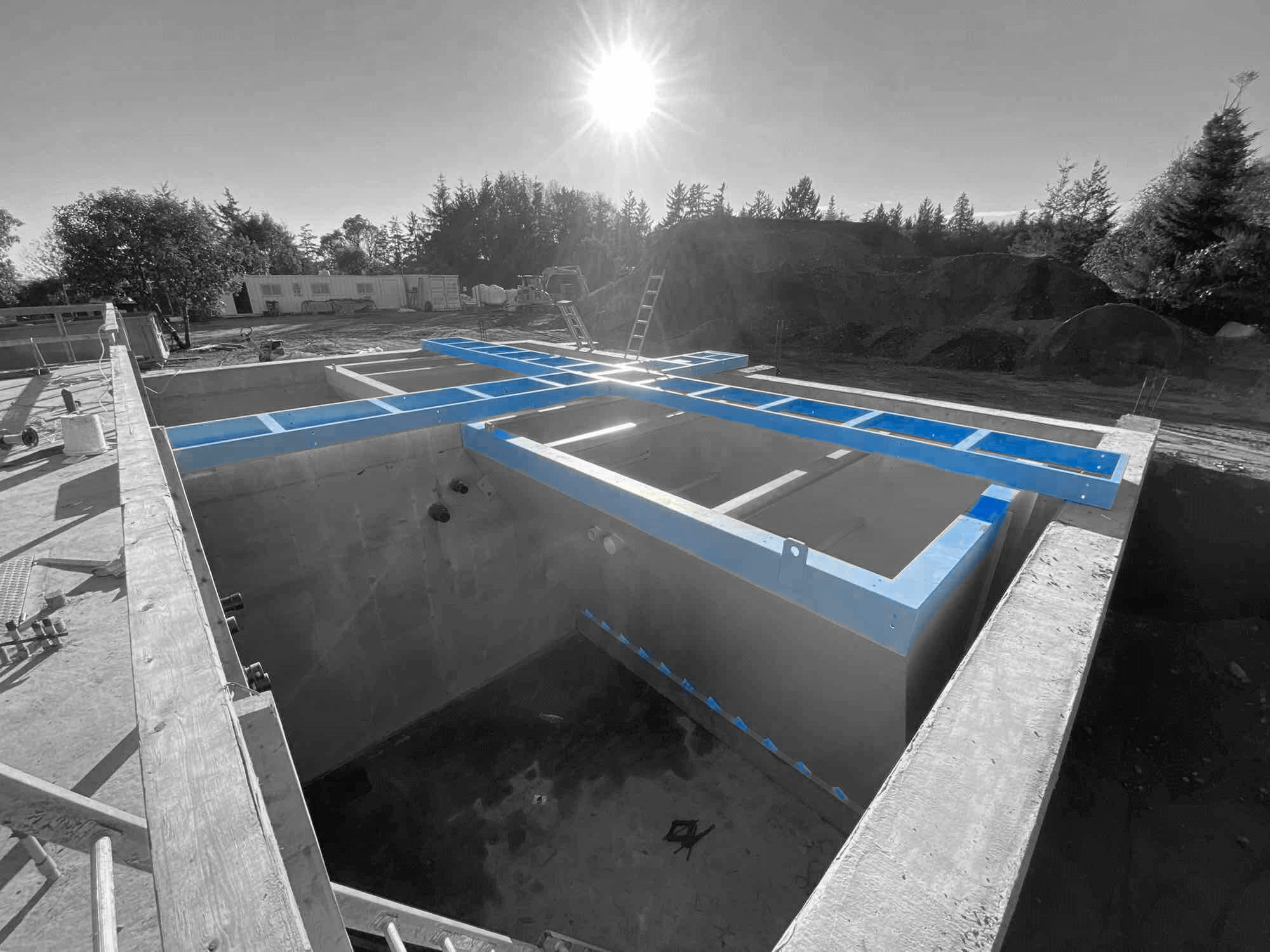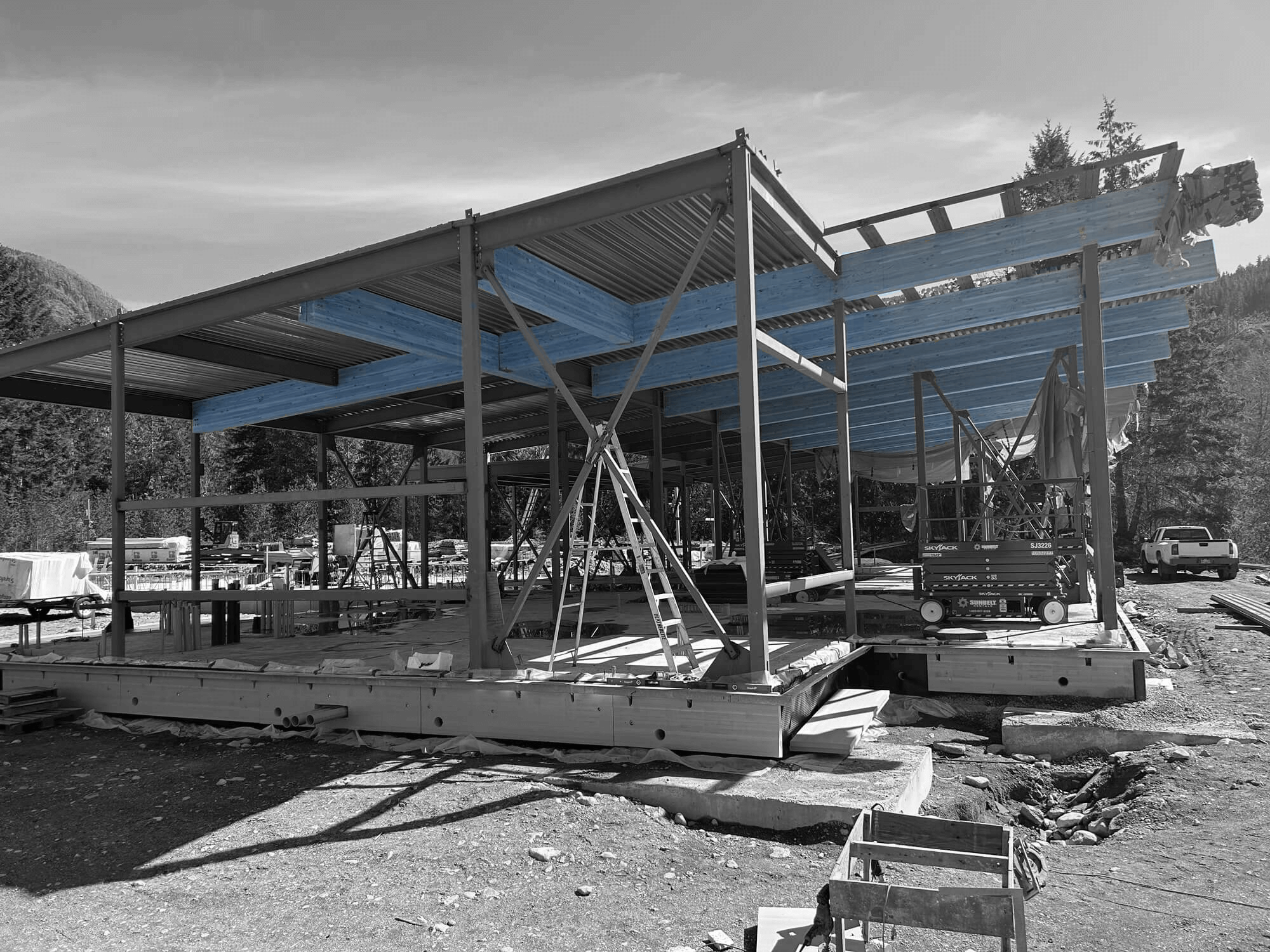Building safe roads is essential for any community. Safe roads help prevent accidents, reduce traffic congestion, and improve overall quality of life. One effective way to achieve this is through EPC design-build projects. When combined with the design-build approach, it means one team handles everything from start to finish. This method streamlines the process, saving time and money while ensuring quality.
In the following sections, we will explore how EPC design-build works, the key components for building safe roads, the advantages of this method, and future innovations in EPC design-build projects for infrastructure.
What Is EPC Design-Build and How It Works
EPC design-build stands for Engineering, Procurement, and Construction. It is a project delivery method where one entity handles all aspects of a project. The EPC team includes engineers, architects, and construction professionals who work together from start to finish. This collaborative approach makes the process more efficient and reduces the risk of errors.
Here’s how it works: first, the engineering team creates detailed plans and designs for the project. These plans include everything from road layout to drainage systems. Once the design is approved, the procurement phase begins. During this phase, the team sources all the necessary materials and equipment. By doing this in-house, they ensure everything meets the required standards and is available on time.
The final phase is the construction phase. This is where the road is built according to the design and plans. The EPC team supervises every step of the construction process to ensure the project stays on schedule and within budget. They also handle any issues that arise, making quick adjustments to keep the project moving smoothly. The result is a well-coordinated effort that produces high-quality roads safely and efficiently.
Key Components for Building Safe Roads with EPC Design-Build
Building safe roads using the EPC design-build method involves several key components. Each component plays a vital role in ensuring that the final road is safe for users and meets all regulatory standards.
1. Comprehensive Planning and Design
The foundation of a safe road starts with thorough planning and design. Engineers and architects work together to design roads with safety features like proper signage, barriers, and lighting. They also consider factors such as traffic flow, pedestrian crossings, and access to emergency vehicles.
2. Quality Materials
Using high-quality materials is essential for building safe and durable roads. During the procurement phase, the team selects materials that meet specific standards for strength and durability. This ensures the road can withstand heavy use and harsh weather conditions.
3. Skilled Construction Workforce
A skilled workforce is crucial for the construction phase. Experienced workers follow the detailed plans to the letter, ensuring everything is built correctly. Proper training and adherence to safety protocols help prevent accidents during construction, keeping the crew and future road users safe.
4. Regular Inspections and Monitoring
Throughout the construction process, regular inspections are conducted to ensure everything is up to standard. These inspections help identify potential issues early, allowing for quick fixes before they become major problems. Continuous monitoring ensures the project stays on track and meets all safety guidelines.
5. Effective Communication
Clear communication among all team members is vital. Everyone, from engineers to construction workers, needs to be on the same page. Regular meetings and updates help keep the project moving smoothly and ensure any issues are addressed promptly.
Advantages of Using EPC Design-Build for Road Safety
There are several advantages to using the EPC design-build method for road construction. These benefits ensure that roads are safer and projects are completed more efficiently.
1. Streamlined Process
One of the main benefits of the EPC design-build method is its streamlined process. Since one team handles everything from engineering to construction, communication is clearer and more efficient. This reduces misunderstandings and delays, ensuring the project stays on track.
2. Cost-Effective
By having a single team manage the entire project, costs are more predictable. The EPC team can bulk buy materials, getting better rates and ensuring everything needed is available when required. This reduces the likelihood of costly overruns and keeps the project within budget.
3. Better Quality Control
With the EPC method, quality control is more straightforward. The same team oversees every phase, ensuring consistent, high-quality work. Regular inspections and close monitoring help identify issues early, allowing for immediate solutions. This results in a finished road that meets high safety standards.
4. Faster Project Completion
The integrated approach of EPC design-build generally leads to quicker project completion. Since the design, procurement, and construction phases overlap, work can begin sooner, and the project can be finished faster. This is particularly beneficial in areas where road closures need to be minimized.
5. Reduced Risk
Having one responsible party for the entire project minimizes finger-pointing and ensures accountability. The EPC team bears the risk for design and construction, which means they are highly motivated to deliver a successful, safe project.
Future Innovations in EPC Design-Build for Infrastructure Projects
The future of EPC design-build in infrastructure projects looks promising, with several innovations on the horizon. These advancements aim to improve efficiency, safety, and sustainability in road construction and other projects.
1. Use of Technology
Technology is playing an increasingly vital role. Drones are now used for site surveys and inspections, providing a quicker and safer way to monitor progress. Advanced software allows for better planning, simulation, and management of projects, ensuring everything runs smoothly.
2. Sustainable Materials
Sustainability is becoming more important in construction. Future EPC projects are focusing on using eco-friendly materials that reduce the environmental impact. Recycled materials, green concrete, and eco-friendly asphalt are becoming standard in road construction.
3. Smart Infrastructure
Smart roads equipped with sensors and communication devices are no longer science fiction. These smart systems can monitor traffic flow, detect accidents, and even communicate with autonomous vehicles. EPC design-build methods are adapting to include these technologies, making roads safer and more efficient.
4. Modular Construction
Modular construction techniques, where parts of a project are built off-site and assembled on-site, are gaining popularity. This method can significantly reduce construction time and costs while ensuring high quality. It also minimizes disruption to existing infrastructure and traffic.
5. Improved Safety Standards
As safety standards evolve, EPC design-build methods are incorporating the latest guidelines and best practices. Advanced safety features like crash barriers, reflective signage, and improved road markings are standard in new road projects.
Conclusion
Using the EPC design-build method for road construction brings many advantages, from streamlined processes to improved safety standards. This approach ensures that roads are built efficiently, cost-effectively, and of the highest quality.
The key components, such as thorough planning, quality materials, and skilled labour, are crucial for achieving these outcomes. Future innovations like smart infrastructure, sustainable materials, and advanced technology promise even more improvements.
At Industra Construction Corp., our EPC contractors are committed to using the best methods to deliver top-quality infrastructure projects. Contact us today to learn more about how we can help with your road construction needs and to experience the benefits of EPC design-build firsthand.



